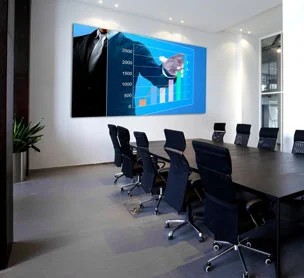Blog Details
LED SCREEN

- Posted On 05 Jun 2022
#8x12ledscreenpriceinindia, #8x12ledwallpriceinindia, #rentalledscreeninchennai, #ledscreenweddingstage, #8x12led wallinchennai, #leddisplayscreen, #ledscreenrental, #rentaleventledwall
Liquid crystal display displays using light-emitting diode (LED) illumination instead of the traditional cold cathode fluorescent lamp (CCFL) backlighting are known as LED screens. LED screens have a number of advantages over screens with traditional illumination, and they are widely regarded as superior goods. They're less likely to break, last longer, produce a brighter white light, and switch on quicker.
The main and most desired advantage of LED screens is that they are significantly whiter. When staring at a white screen on a computer, each pixel displays the colour white. The intensity of the colour is determined by the backlighting. These screens are easy to turn on and are nearly as bright as they can be right away. The nature of the diode itself is responsible for the speedy warm-up feature.
People are often perplexed by the fact that while a monitor or television is referred to as an LED screen, it is not the type of display that it is. LCD screens are identical to LED screens. Although the information is presented on an LCD panel, the backlighting is LED. LED back lighting will never be used in other types of display technologies, such as digital light processing (DLP) or plasma screens.
There are two types of LED displays, one of which is superior to the other. The edge-lit kind is the first and most prevalent. The LEDs on edge-lit LED screens are only on one side of the screen. A diffuser is used to force the LEDs through, resulting in a semi-uniform illumination. LEDs are distributed across the entire screen in array-type screens.
The array type of screen is superior because the backlight is brighter and more uniform. It also consumes more energy. Edge-lit panels are less expensive, but the display will be less crisp.
